It's no secret that Australia is home to a diverse range of awe-inspiring natural landmarks. Whether you’re after inspiration for your next adventure into the wilderness or want to explore what Australia has to offer from the comfort of your own home, let us take you on a journey around the country to see some of these incredible places.
Wineglass Bay, Tasmania
Let’s start on the east coast of Tasmania with the beautiful Wineglass Bay. Considered one of the best beaches in the world, this bay is known for its stunning views and crystal-clear waters.
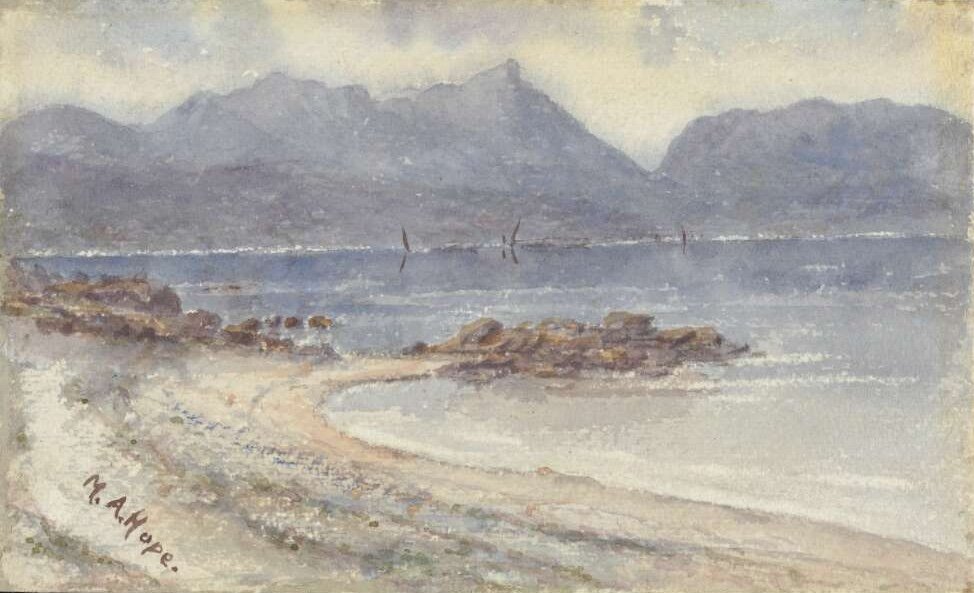
While not accessible by car, you can make your way from the town of Coles Bay. To explore the area, there are walks of various lengths through the surrounding Freycinet National Park, and those after the best view can make their way up to the Wineglass Bay Lookout.
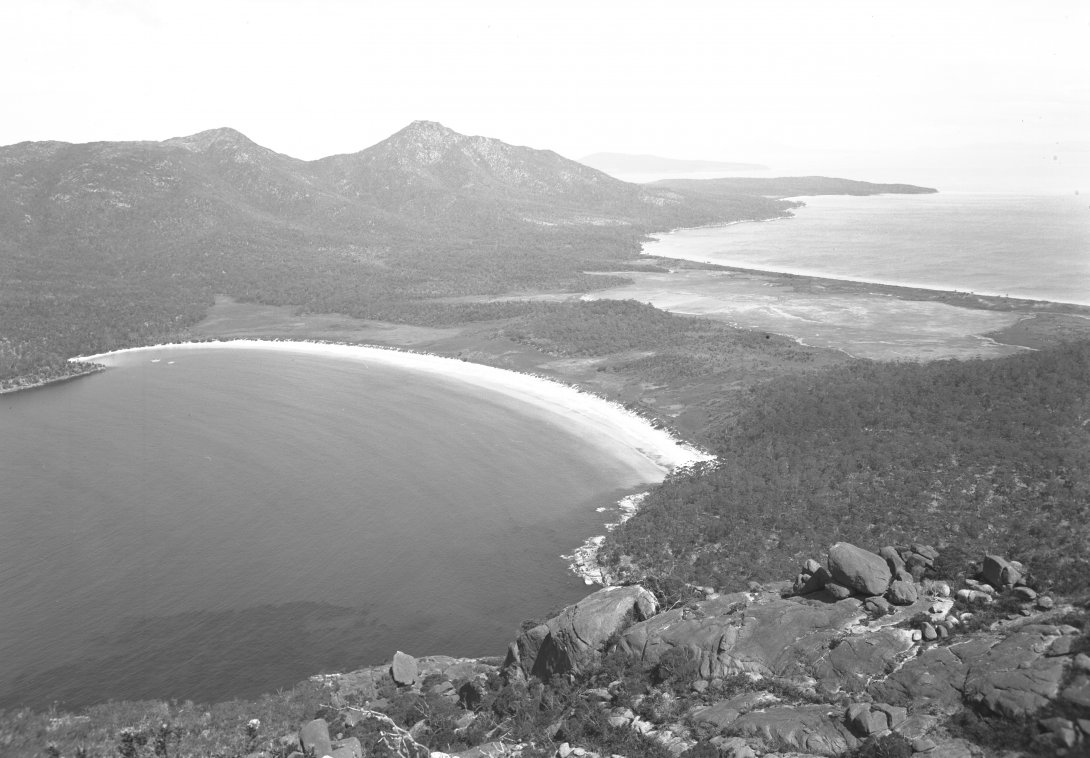
Get an idea of the area with this map of the Freycinet National Park. If the picturesque landscape isn’t enough to convince you, Wineglass Bay is also considered one of the best spots to see pods of bottlenose dolphins.
Three Sisters, New South Wales
Moving north from there up into the Blue Mountains in New South Wales, we can find the Three Sisters rock formation. These three rocks tower over the valley below and were said to have formed over 200 million years ago.
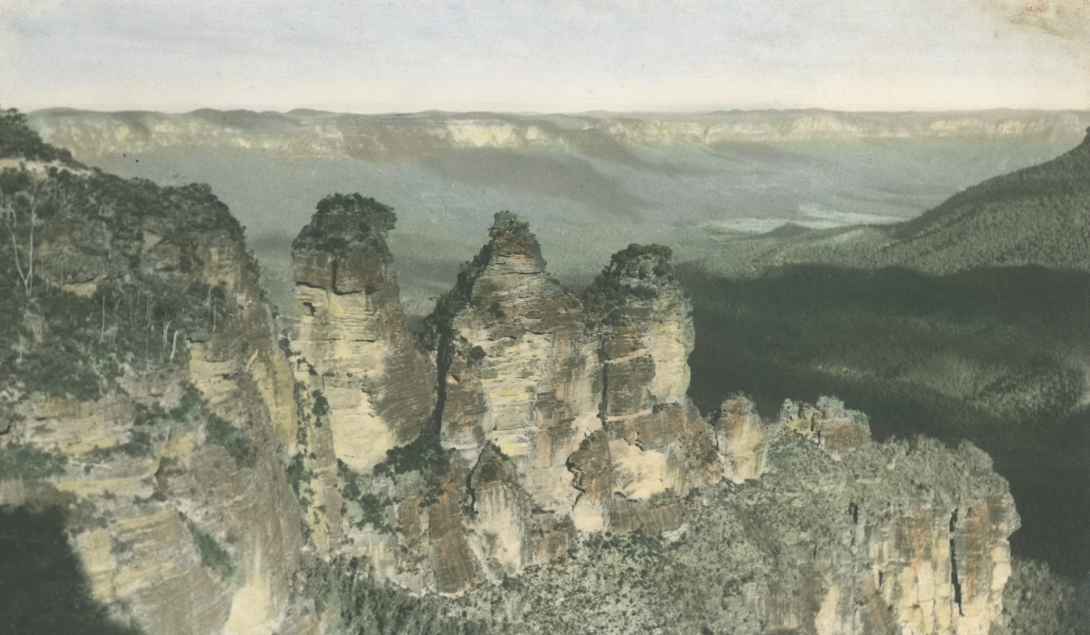
To get the best view of the formation, valley and surrounding area, the Echo Point lookout is the place to go. This spot not only attracts hundreds of thousands of tourists each year, but also touring royals such as the Duke and Duchess of York in 1927.
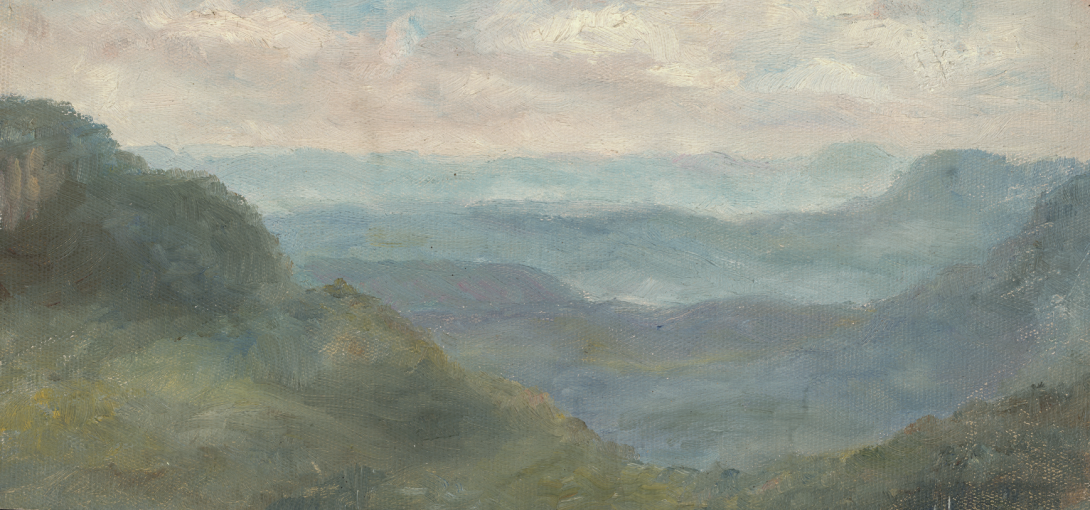
Find your bearings with this map of the Katoomba area or this illustrated tourists’ guide to the Blue Mountains.
Kati Thanda-Lake Eyre, South Australia
Next in our journey is Kati Thanda–Lake Eyre in South Australia. You may already know that this is the largest inland lake in Australia, but it is also one of the largest saltwater lakes in the world. Get an idea of the size with this map of Kati Thanda-Lake Eyre and the surrounding area.
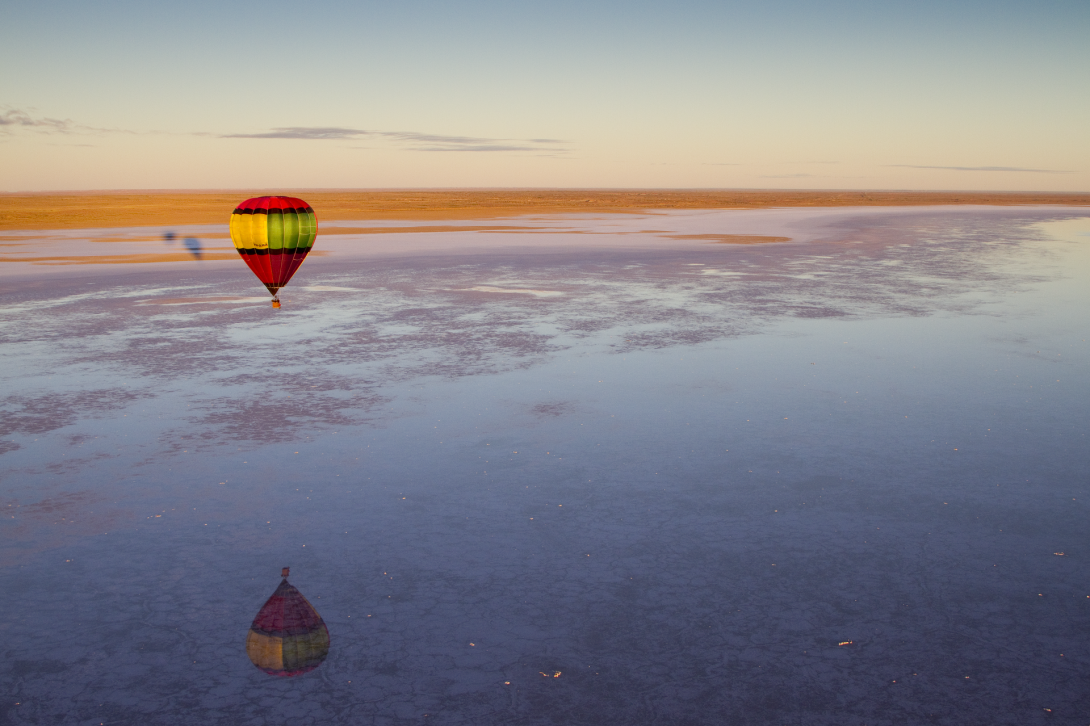
The Kati Thanda-Lake Eyre National Park is full of sand dunes, flat-topped hills (or mesas) and untouched natural beauty that stretches as far as the eye can see. This unfortunately makes the area tricky to get to, making aerial tours a popular way of viewing the area.

Karri forest, Western Australia
All the way over in Western Australia, our next stop is the karri forests in the southwest corner of the state. These ancient forests are made up of eucalyptus diversicolor, more commonly referred to as karri. These trees are one of the tallest tree species in the world with heights often reaching between 60 and 80 meters.
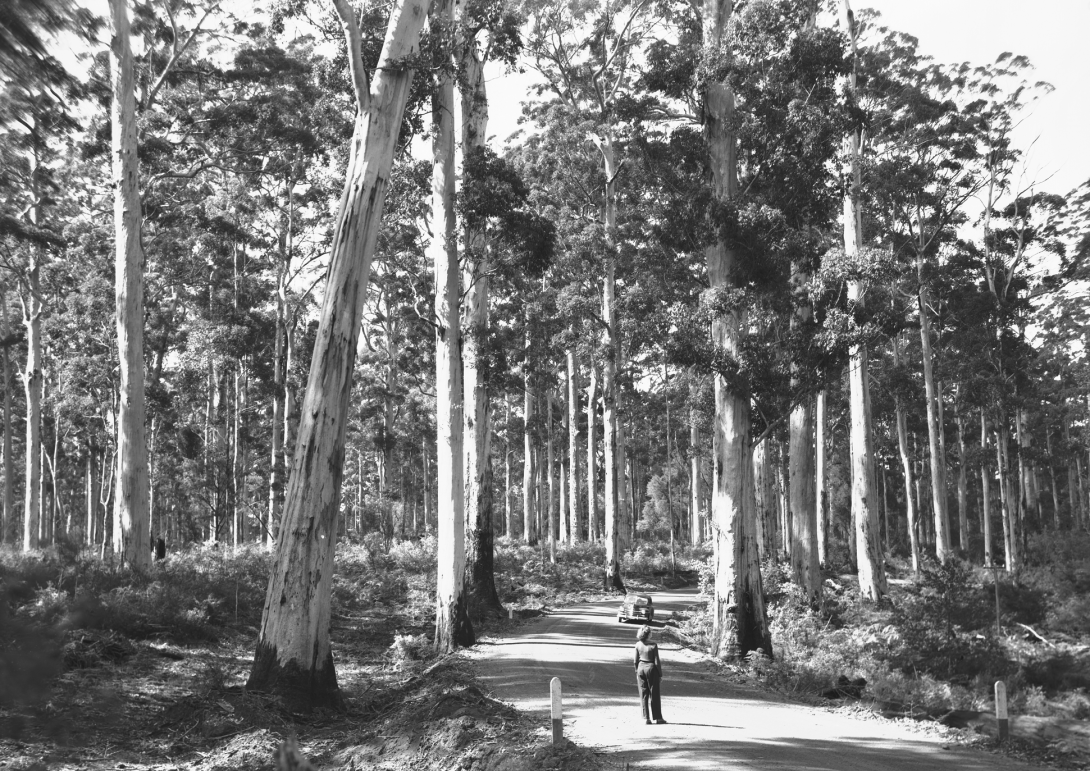
The karri forest near the town of Pemberton is particularly well known and has even been referred to as the ‘Kingdom of the Karri’. Get an idea of the spread of karri forest in this region with this vegetation map. A great way to explore this area is along a small part of the Bibbulmun Track. While the full track extends 1000km between Perth and Albany, around the halfway point it ventures into and around the karri forests of Gloucester National Park.
Hinchinbrook Island, Queensland
The next leg of our journey takes us into Queensland to Hinchinbrook Island. The largest national park island in Australia, Hinchinbrook Island is known for its pristine wilderness including caves, beaches, waterfalls and mountains.

The island is a quick 30-minute boat ride from mainland Queensland across the Hinchinbrook Channel. For a better idea of the area, check out this map of Hinchinbrook and other nearby islands. Seen on the map are the start and end points of the Thorsborne Trail, a four day long walk between George Point at the south of the island and Ramsay Bay in the north-east. Along the way, you’ll be sure to encounter all kinds of rare or endangered plants and animals, many of which are only found in the region.
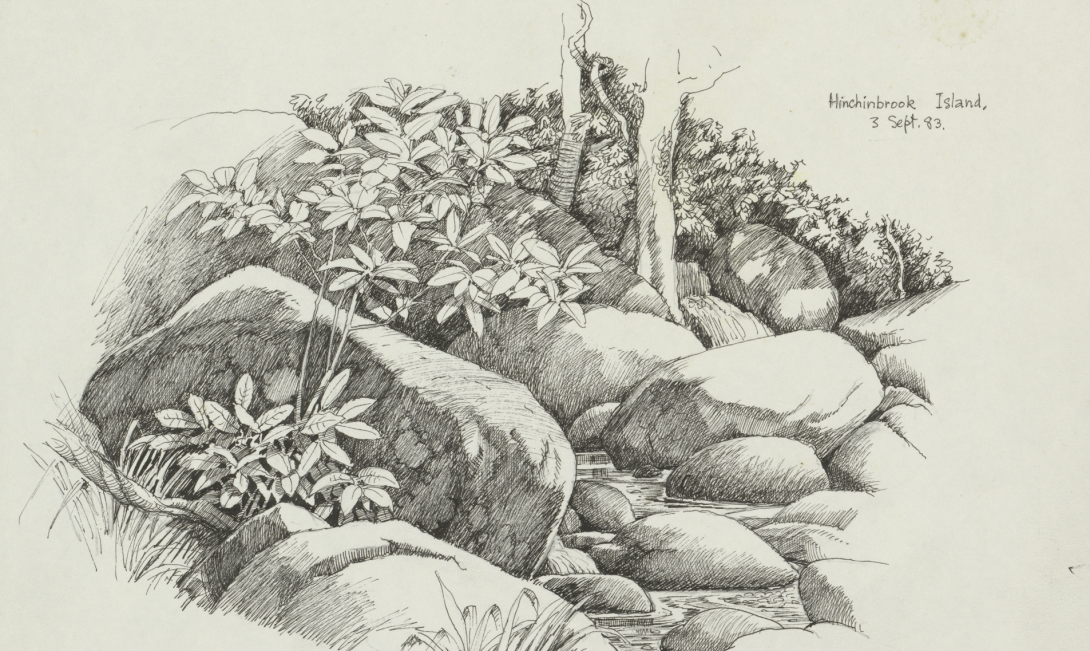
Buchan Caves, Victoria
Our second last stop is the Buchan Caves: the largest cave system in Victoria with a length of more than 3 kilometers. Over 400 million years old, this limestone labyrinth 'must be seen, for [it] cannot be fully described,’ according to a tourism brochure from 1912. ‘They possess a weird fascination for the beholder, which grows without his being able to offer any sustained resistance.’
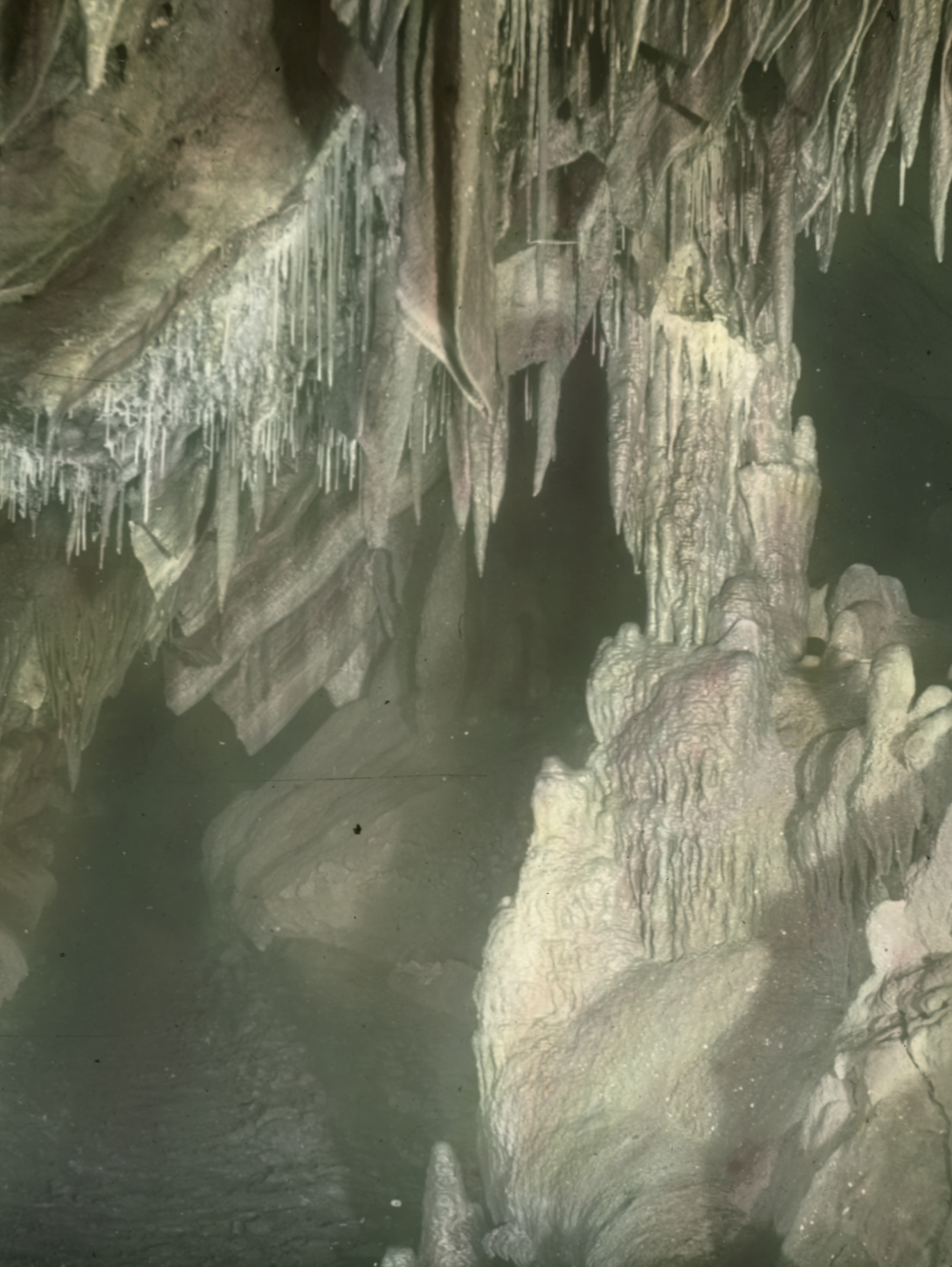
Above ground in the Buchan Caves Reserve, explore the scenery on one of many walking trails or take in the view from the picnic spots and camping grounds.
Simpsons Gap, Northern Territory
Last but certainly not least, the final leg of our journey takes us to Simpsons Gap in the West MacDonnell Ranges of the Northern Territory. Just a short way from Alice Springs, this gap sits between two towering cliffs and features a permanent watering hole. Explore the area with this map of the Alice Springs region.

Visitors to this spot have the choice of three walks of varying lengths that allow them to be amazed by the stunning landscape, or more keen hikers can opt for the 223km Larapinta Trail that passes through the area. Whichever walk is chosen, encountering wildlife in the gap is a guarantee. All kinds of animals call this spot home, including black-footed rock wallabies that are only found in central Australia.
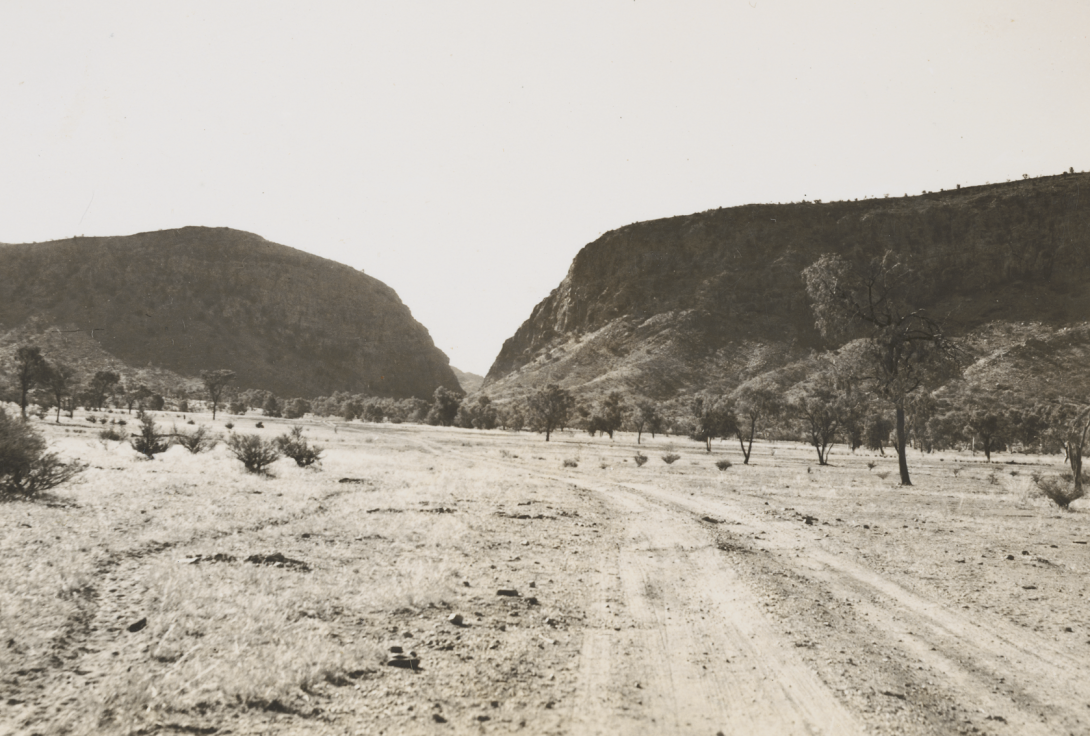
Start your adventure
From cave systems and mountains to beaches and lakes, there’s no shortage of natural wonders to be found across all corners of Australia.
Interested in exploring more of Australia’s natural beauty? Read about the long and short of Australia's best-loved nature trails or see where you can go with the Library’s collections in the catalogue.